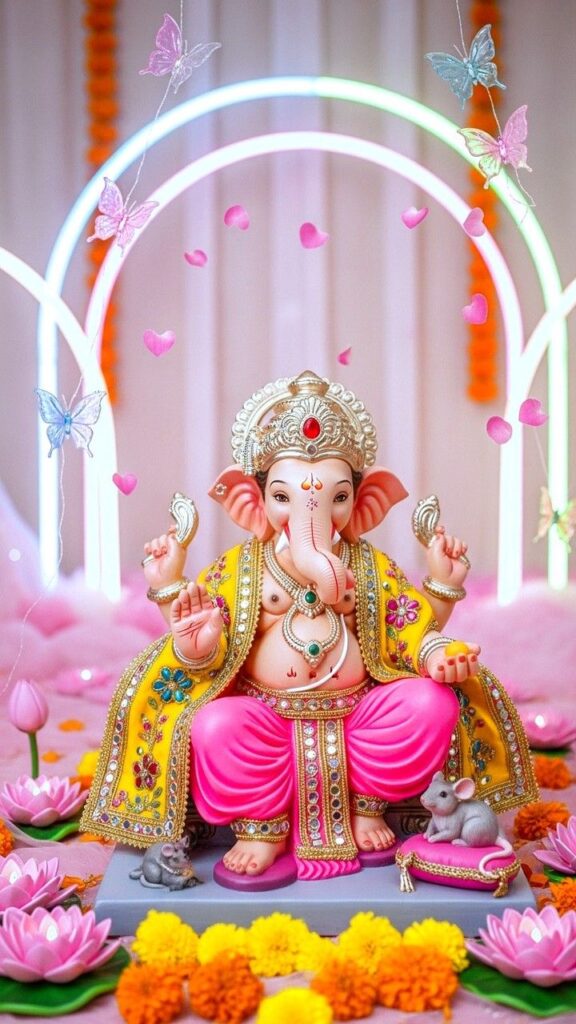
Introduction
In India, spirituality is woven into the fabric of everyday life, and among the many deities worshipped, Lord Ganesha, lovingly called Ganpati Bappa, holds a special place. Known as the Vighnaharta (the remover of obstacles), Sukhkarta-Dukhaharta (the giver of joy and remover of sorrow), and the lord of wisdom and beginnings, Ganesha is revered before any auspicious task or ritual. His worship is not restricted to Ganesh Chaturthi alone; different days of the week, certain tithis, and special occasions are associated with Him, making Ganpati one of the most approachable and beloved deities in Hindu tradition.
This article will explore the days associated with Ganpati, the right way to bring Ganpati home, and the complete process of Sthapana (installation) of the idol during Ganesh Chaturthi or any other auspicious occasion.
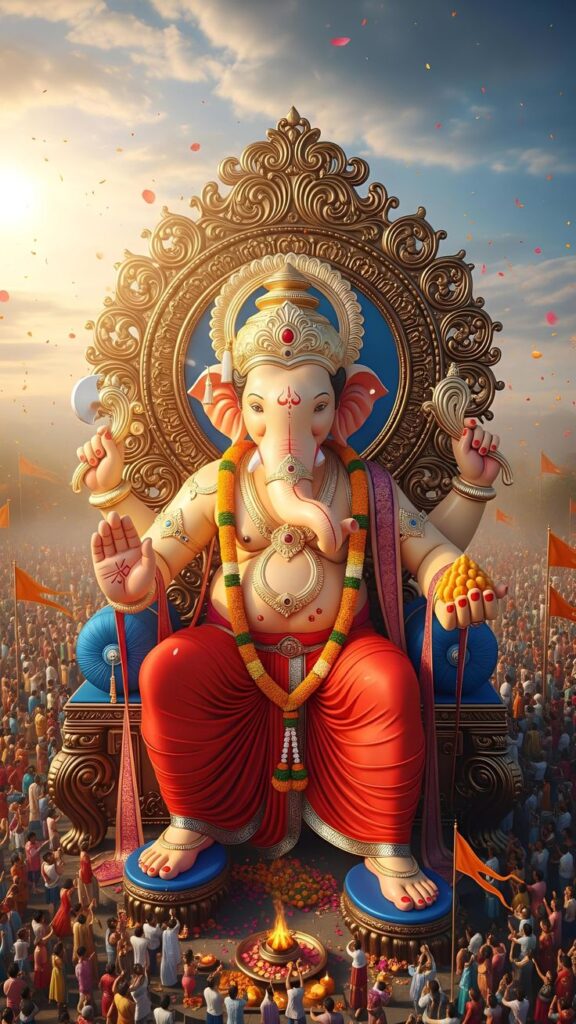
While Ganesha is worshipped daily in countless households and temples, certain days and tithis (lunar days) are especially connected to His worship:
Tuesday is considered highly auspicious for Ganesha devotees. Many people observe fasts on this day, offering modaks, durva grass, and red flowers to the deity. The belief is that worship on Tuesday helps remove financial struggles and resolves long-standing problems.
Wednesday is traditionally associated with Lord Ganesha because of his wisdom and intellect, aligning with the planetary energies of Mercury (Budh), the planet of communication and intelligence. Students and professionals especially seek Ganesha’s blessings on this day for better focus, memory, and clarity in speech.
Every month, the Chaturthi (4th lunar day) is significant for Ganesha. There are two types of Chaturthi:
Among these, the Bhadrapada Shukla Chaturthi (Ganesh Chaturthi) is the grandest celebration, marking the birthday of Lord Ganesha.
In Maharashtra and some parts of India, Ganesh Jayanti is celebrated in Magha month (January–February), particularly on Shukla Chaturthi. This is considered the actual birth day of Lord Ganesha according to certain traditions.
Thus, Tuesdays, Wednesdays, every Chaturthi, and specific festivals mark the most sacred days of Ganpati worship.
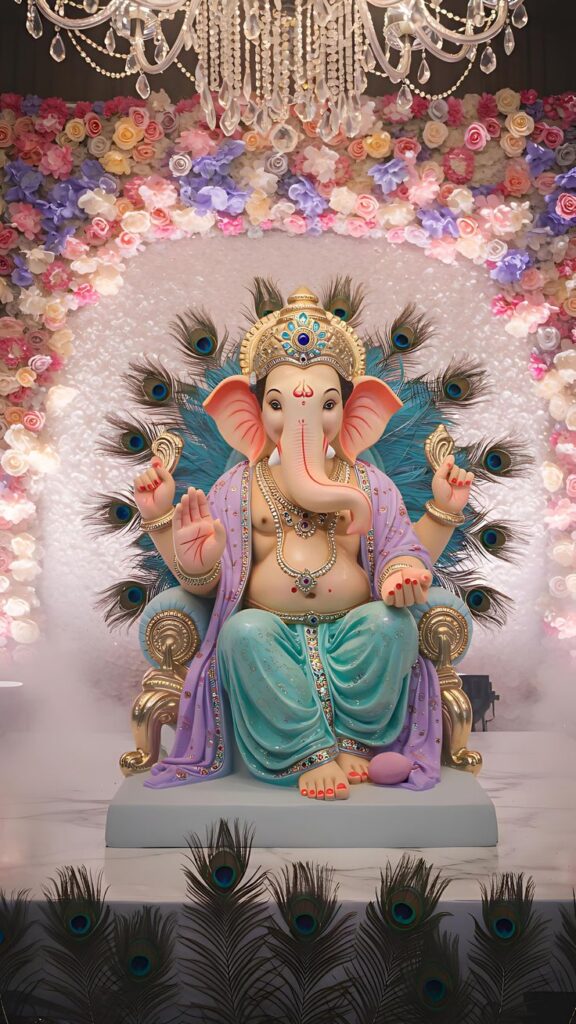
Bringing Ganpati home is not just a ritual—it is an act of inviting divine energy, positivity, and prosperity into the household. Traditionally, families and communities prepare for weeks before welcoming Ganpati Bappa. Here’s a step-by-step guide to bringing Him home:
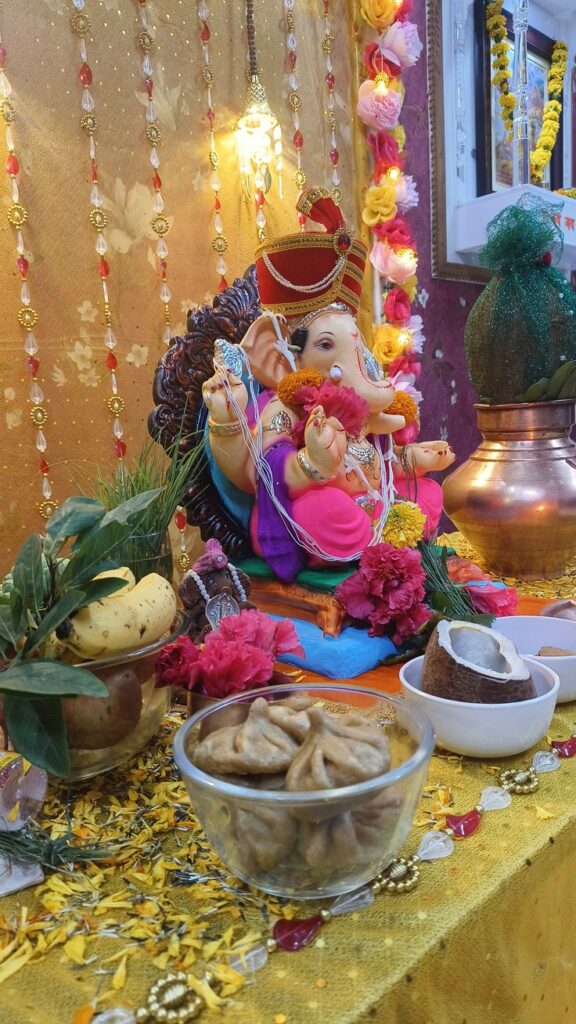
Once Ganpati is home, the most important step is Sthapana (installation), which makes the idol a living presence of the deity.
This is the ritual that invokes life into the idol. A mantra is chanted, requesting Lord Ganesha to reside in the idol and bless the household. The priest or head of the family touches the idol’s heart while chanting the mantras.
After Pran Pratishtha, an aarti is performed. Families gather to sing bhajans and chant “Ganpati Bappa Morya,” filling the atmosphere with devotion and energy.
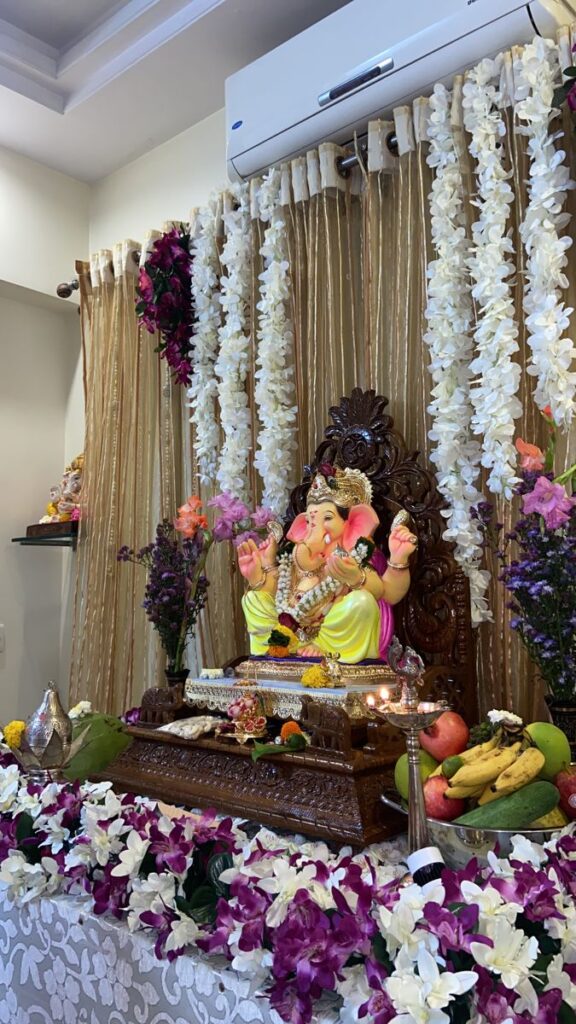
Bringing Ganpati home is not merely about tradition—it holds deeper spiritual significance:
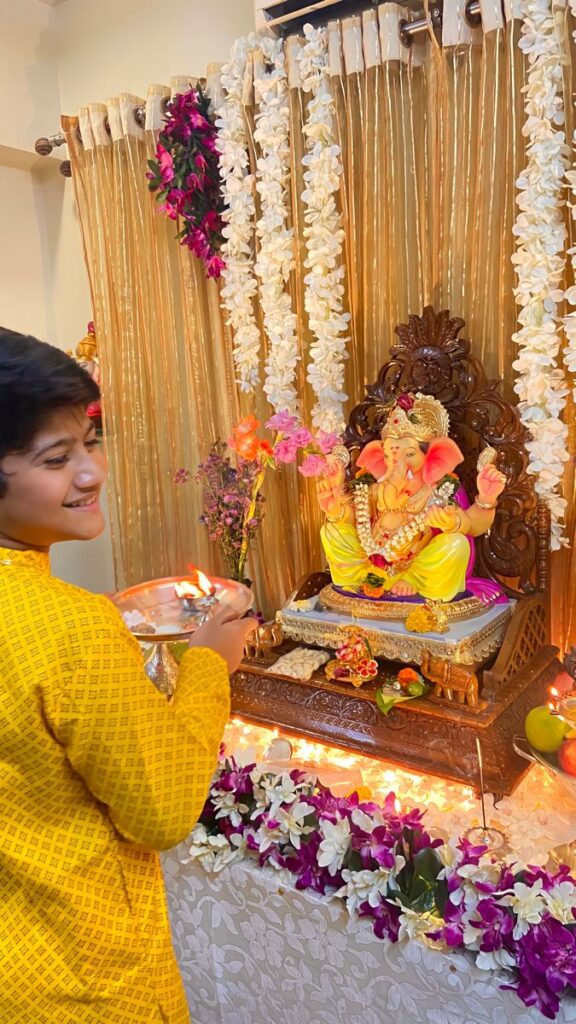
Ganpati Bappa is not just a deity; He is a beloved family member, a guide, and a remover of difficulties. The days associated with Him—Tuesdays, Wednesdays, and Chaturthi tithis—remind us to stay rooted in devotion, discipline, and positivity. Bringing Ganpati home is an act of love and faith, and the Sthapana ritual transforms a simple idol into a divine presence that blesses the household.
The grandeur of Ganesh Chaturthi may last only for a few days, but the lessons of Ganesha—wisdom, humility, prosperity, and detachment—remain for a lifetime. Welcoming Him with pure intention, devotion, and eco-friendly practices ensures that the tradition remains sacred while also being sustainable.
So, as you prepare to welcome Ganpati Bappa home, remember—it is not the size of the idol or the extravagance of decoration that matters, but the purity of your heart and the sincerity of your devotion.
Author – Amit Pradhan
👉 If you liked this article or, then do write us in the comment section below.
For Astrology, Numerology, and Reiki Services contact us today!
We also deal in original quality and Certified Rudraksha, Crystals and Gems.
👉 Shop Now Original Rudraksha & Crystals
For more daily updates do like and Follow Us and keep visiting www.jaymahakaal.com